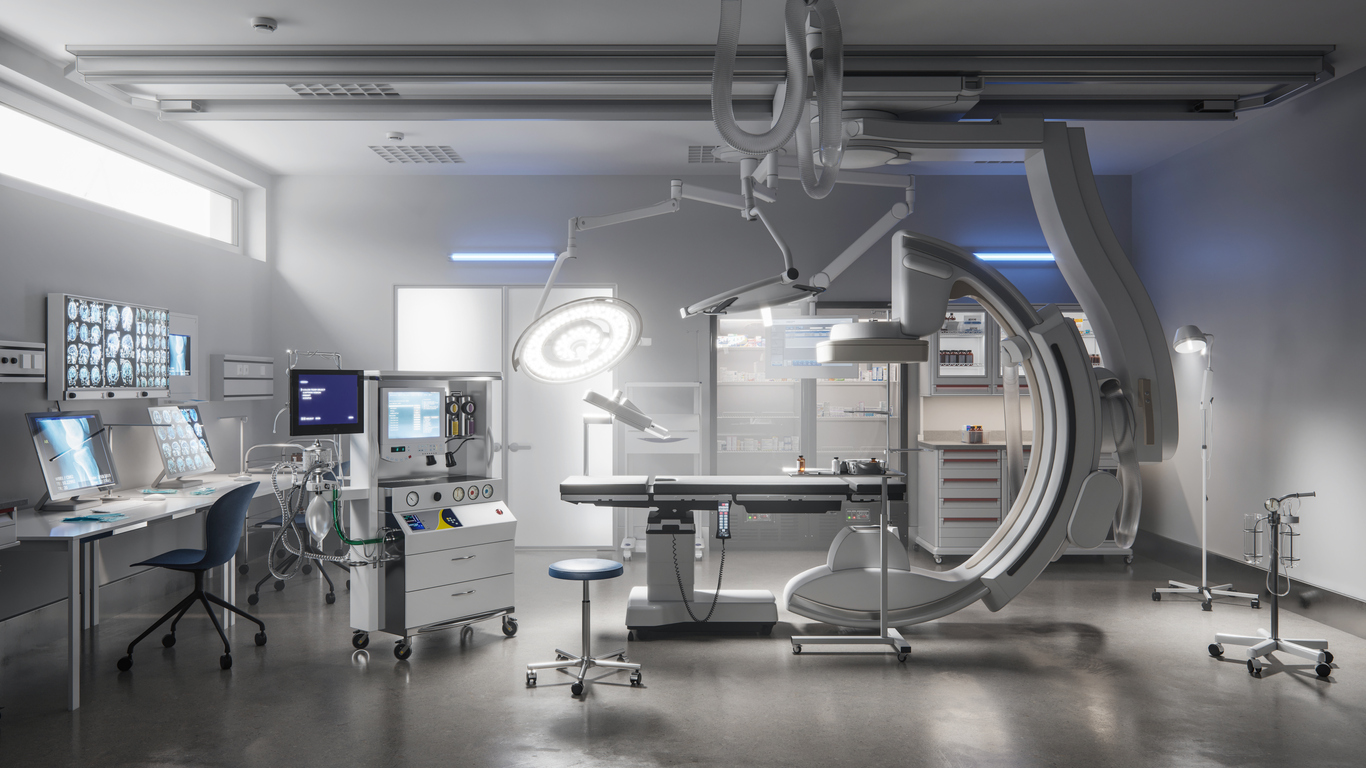FDA 510(k) is a submission process that medical device manufacturers need to go through to receive clearance from the US Food and Drug Administration (FDA) in order to legally market their products in the US. The FDA 510(k) process is essential for ensuring public safety by confirming that medical devices meet the necessary standards and performance requirements established by the FDA.
The Many Faces of an FDA 510k
It is important to first point out FDA regulations define the different classes of medical devices that are available to the US market. Class I medical devices are considered “low risk” and are typically exempt from FDA review; however, they must comply with established performance standards. Examples of Class I devices include wheelchairs, hospital beds, surgical instruments, etc. Class II medical devices are considered “moderate risk” and must demonstrate “substantial equivalence” to an existing device cleared for marketing with the same (or similar) intended use. Typically[1], Class I and II devices do not require clinical study data to support their marketing. Devices that are considered Class III must provide safety and efficacy data through the submission of a Premarket Approval Application (PMA). This class of device typically requires the submission of clinical study data.
As mentioned, there are different types of 510(k) programs that an applicant can take advantage of depending on the ability to meet qualification criteria and the intended use of the to-be-marketed device. Regardless of the program, an applicant must demonstrate that their to-be-marketed device is substantially equivalent to a predicate device currently cleared for marketing with the same (or similar) indications.
- Traditional 510(k) – One of the more common types of programs used, this is used for any original 510(k) or for a change to a previously cleared 510(k). FDA review clock is 90 days.
- Special 510(k) – Can be used by applicants for their own device based on well-established methods with the ability for supporting data to be evaluated in a summary or risk analysis format. Examples include minor design and labeling changes. FDA review clock is 30 days.
- Abbreviated 510(k) – Similar format to traditional 510(k), however, applicants can choose the submission of summary reports, special control documentation, or declarations of conformity to established standards. FDA review clock is 90 days
In the event that the applicant has a novel medical device for which there is no comparative predicate device available, the applicant may file for a De Novo request (certain criteria apply). The request is a risk-based process that relies on general and/or special controls to establish reasonable assurance of the safety and efficacy of the device for its intended use. Once granted, the applicant may proceed with a 510(K) submission.
510(k) Clearance is the First Step
Once the applicant’s device is cleared via the 510(k) process, the applicant has compliance responsibilities that include adherence to FDA’s current Good Manufacturing Practice (cGMP) and Quality System Regulation, safety reporting, design control activities, establishment registration, device listing, labeling compliance, and device change notification requirements. While this is not an all-inclusive list, it provides a snapshot of the compliance activities that must be maintained throughout the life of the marketed device.
Benefits of FDA 510(k) Clearance for Manufacturers
There are several benefits that medical device manufacturers can derive from FDA 510(k) clearance. Here are a few benefits worth highlighting:
- Streamlined path to market: By undergoing the FDA 510(k) process, manufacturers can get their devices cleared for market in a more predictable and timely manner.
- Cost-effective regulatory pathway: The 510(k) process is often less expensive than other regulatory pathways, such as the Pre-Market Approval (PMA) process usually requires clinical supporting data.
- Improved product credibility: Once a manufacturer has received 510(k) clearance, it can market its device as having been cleared by the FDA, which can increase consumer trust and confidence in the device.
Conclusion:
The FDA 510(k) Premarket Notification process is critical in enabling the availability of widely used medical devices in a variety of medical fields. This process ensures that medical devices meet the necessary standards and requirements set forth by the FDA to ensure public safety. Medical device manufacturers who undergo the 510(k) process can reap the benefits of a streamlined regulatory pathway, including a faster route to market, cost-effectiveness, and improved product credibility.
If you have any questions or need help deciding which pathway is appropriate for your firm’s device, please reach out to Lachman Consultants for a consultation at LCS@LachmanConsultants.com.
[1] The need for clinical study data is driven by the complexity and indications for use for the to-be-marketed device




